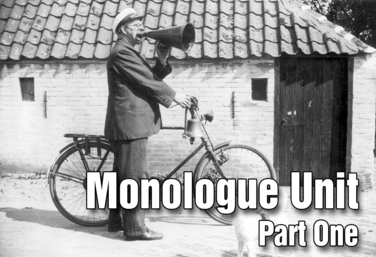Items tagged "Monologue"
1 Course, 8 Units, 16 Lesson Plans, and 21 Resources tagged "Monologue" for Drama Teachers.
Courses
Working With Monologues For Rehearsal And Development
by Gai Jones
Units
Monologue Writing Made Easy
by Matthew Banaszynski
Monologues - Part 2
by Matt Webster
Decolonizing Monologues
by Nicholas Pappas
The Autobiographical Monologue
by Gai Jones
30 Second Monologues
by Lindsay Price
Devising
by Corinna Rezzelle
Monologues - Part 1
by Matthew Banaszynski
Spoken Word Poetry
by Quincy Young
Lesson Plans
Story vs Monologue
by Lindsay Price
Shakespeare: Finding Emotion and Action in Text
by Anna Porter
From Speech to Playwriting
by Lindsay Price
Object/Emotion Monologue
by Stephanie-Ann Cocking
Character Development in the Shakespearean Monologue
by Lindsay Price
The Criteria of a Good Monologue
by Lindsay Price
Acting the Monologue: Sugar and Salt
by Lindsay Price
Improvisation: The Rashomon Monologue
by Lindsay Price
Monologue Writing: The Need to Speak
by Lindsay Price
Introduction to Close Reading
by Lindsay Price
Emergency Lesson Plan: What Was I Thinking? Monologue
by Lindsay Price
What is a Monologue: Analysis
by Lindsay Price
Emergency Lesson Plan: Body-Language-Prompted Monologue Writing
by Lindsay Price
Close Reading: Monologue
by Lindsay Price
Close Reading Analysis of Monologue: Not Again
by Quincy Young
Emergency Lesson Plan: All About that Monologue
by Drama Teacher Academy
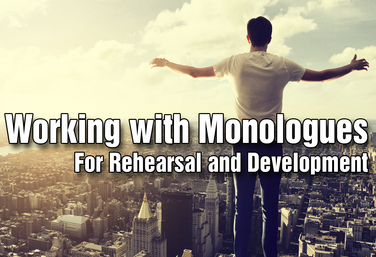
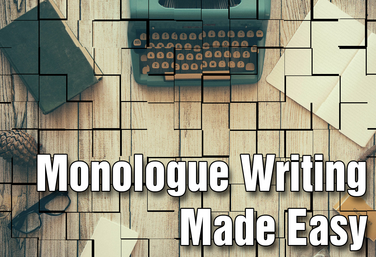
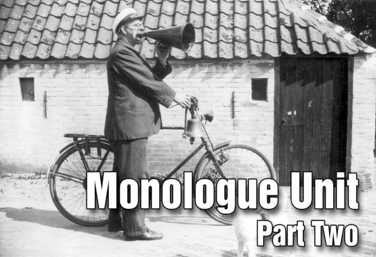

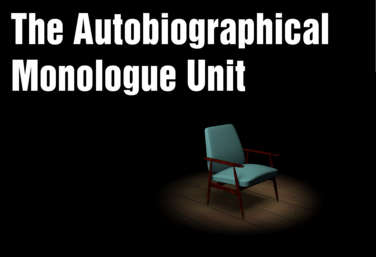
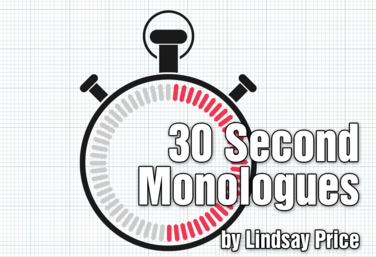
.png)
